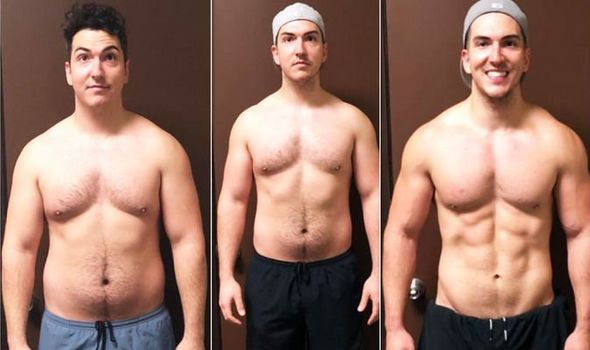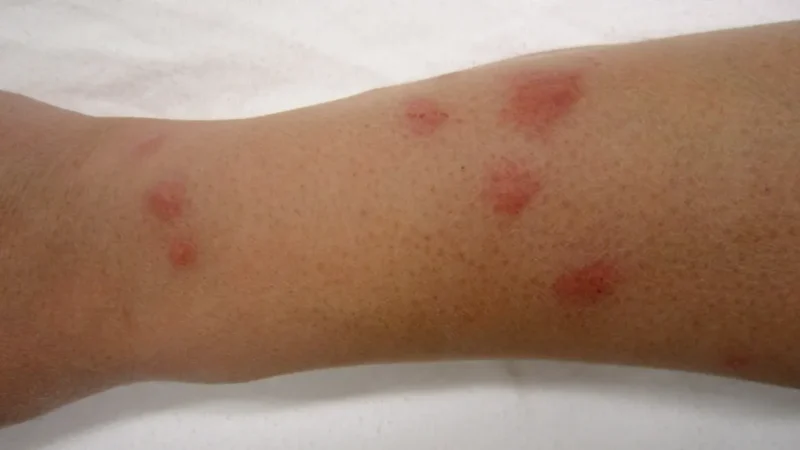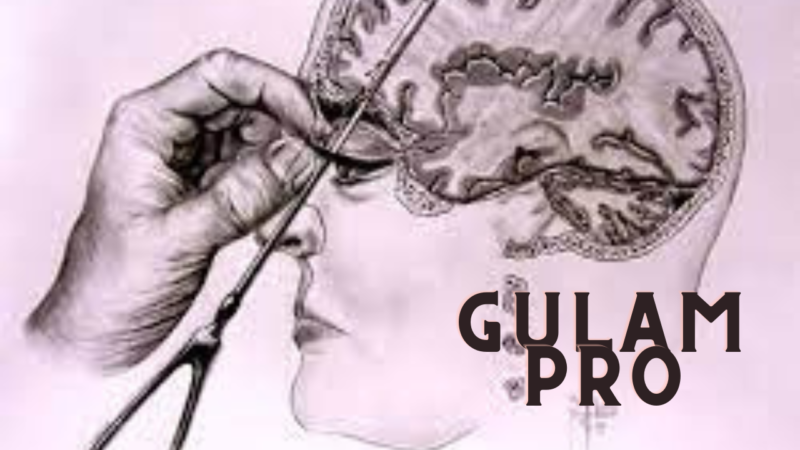Puffy Nipples: A Comprehensive Guide

Introduction puffy nipples Will tell about
Puffy nipples, also known as enlarged nipples or Montgomery’s tubercles, are a common condition that can affect both men and women. They are typically caused by hormonal changes, but can also be caused by other factors such as certain medications, chafing, and excess body fat. While puffy nipples are usually harmless, they can sometimes be uncomfortable or a source of cosmetic concern.
What Are Puffy Nipples?
Puffy nipples are characterized by an enlargement of the areola, the dark area of skin surrounding the nipple. The areola may also become bumpy or raised. In some cases, the nipple itself may become enlarged.
Causes of Puffy Nipples
There are many possible causes of puffy nipples, including:
- Hormonal changes: Puffy nipples are a common occurrence during puberty, pregnancy, and breastfeeding. This is because these periods of life are associated with significant hormonal changes.
- Certain medications: Some medications, such as antidepressants and antihistamines, can cause puffy nipples as a side effect.
- Chafing: Chafing from friction, such as from clothing or exercise, can irritate the nipples and cause them to swell.
- Excess body fat: People who are overweight or obese are more likely to have puffy nipples due to excess fat storage in the chest area.
Symptoms of Puffy Nipples
The main symptom of puffy nipples is enlargement of the areola and/or nipple. Other symptoms may include:
- Soreness or tenderness
- Itching
- Discharge from the nipples
When to See a Doctor
In most cases, puffy nipples are harmless and do not require medical attention.Nevertheless if you experience any of these that follow, you ought to talk to a physician:
- Painful or tender nipples
- Discharge from the nipples, especially if it is bloody
- Abrupt variations in the way your lips feel
- Concern about the cosmetic appearance of your nipples
Treatment for Puffy Nipples
There is no one-size-fits-all treatment for puffy nipples. The best treatment for you will depend on the underlying cause of your condition.
- Hormonal changes: If your puffy nipples are caused by hormonal changes, then treatment may not be necessary. The nipples will typically return to their normal size once the hormonal changes have subsided.
- Certain medications: If your puffy nipples are a side effect of a medication, then your doctor may be able to switch you to a different medication or adjust your dosage.
- Chafing: To prevent chafing, wear moisture-wicking clothing and use a nipple lubricant or anti-chafing cream.
- Excess body fat: If your puffy nipples are caused by excess body fat, then losing weight may help to reduce their appearance.
Prevention of Puffy Nipples
There are a few things you can do to help prevent puffy nipples, including:
- Maintain a healthy weight: Excess body fat can contribute to puffy nipples, so maintaining a healthy weight can help to reduce your risk of developing this condition.
- Wear supportive clothing: Wear supportive clothing that fits well and does not chafe against your nipples.
- Avoid excessive friction: Avoid activities that cause excessive friction against your nipples, such as running without a shirt.
- Practice good hygiene: Wash your nipples and areolas with soap and water daily.
Conclusion
The prevalent condition that might impact both men and women is bulging nippers. They are typically harmless, but can sometimes be uncomfortable or a source of cosmetic concern. If you are concerned about puffy nipples, talk to your doctor. They can help you determine the cause of your condition and recommend the best treatment options for you.






